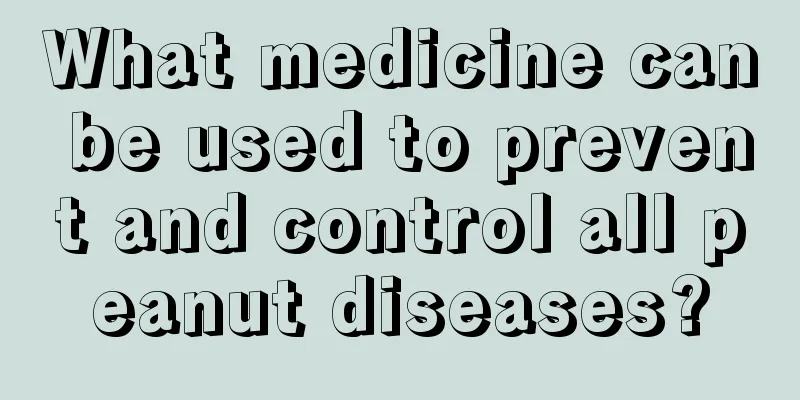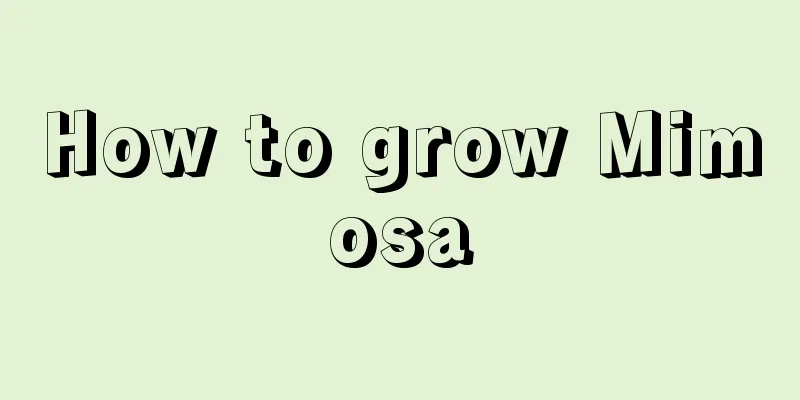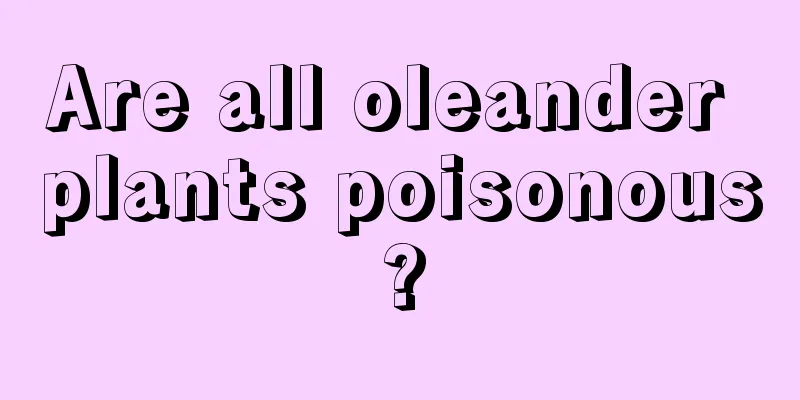What medicine can be used to prevent and control all peanut diseases?

|
There is an old saying: "If you want peanuts to grow vigorously, don't forget to spray the pesticide three times." During its entire growth cycle, peanuts are easily affected by multiple factors such as pests, diseases, and weeds. In order to ensure that peanuts have fewer diseases and higher yields, strengthening field management is particularly important. In particular, these three key sprayings have a significant promoting effect on improving the quality and yield of peanuts. Let’s learn and understand what medicine can be used to prevent and control all peanut diseases? 1. First use Timing of use: 15 days after germination to early flowering stage. The specific time should be adjusted according to local climatic conditions. Function: Prevent seedling diseases, supplement trace elements, promote the growth of rhizobia, develop the root system, increase the number of flowers, and lay the foundation for increased production. Recommended agents: carbendazim, thiophanate-methyl, brassinolide, boron-molybdenum source library, etc. These agents can effectively promote the development of rhizobia, enhance disease resistance, and improve flowering quality. 2. Second medication When to use: Three days after full flowering, that is, after most of the flowers have fallen and more than half of the peanuts have been injected. Function: Prevent leaf spot disease and white rot, control excessive growth, supplement trace elements and nutrients, and promote fruit enlargement. Recommended agents: instant boron, molybdenum source library, pyraclostrobin, tebuconazole, etc. These agents help to enhance the firmness of the fruit and improve disease resistance. 3. The third medication Timing of use: 10-15 days after the second application, or about 20 days before harvest, apply promptly according to the occurrence of leaf spot disease. Function: Prevent leaf spot and white rot, replenish trace elements and nutrients, prevent premature aging, and promote full grains. Recommended agents: propiconazole, pyraclostrobin, potassium dihydrogen phosphate, brassinolide, molybdenum source library, boron source library, etc. These agents help improve resistance to premature aging and promote grain development. 4. Precautions for use Ensure that the pesticide formulation is reasonable and avoid applying pesticides during high temperature periods. If you need to mix fungicides and insecticides , you should prepare them and use them immediately to prevent their efficacy from being reduced. Adjust the medication plan reasonably according to local climate, soil conditions and peanut growth conditions. In short, three-time application of pesticides to peanuts is an important means to achieve high-yield management, and reasonable use can significantly improve the growth quality and yield of peanuts. However, the specific medication plan needs to be flexibly adjusted according to actual conditions.
|
<<: How does Bauhinia bloom in autumn? How often should I fertilize?
Recommend
How to plant longan
1. Soak the kernels Clean the flesh and white sof...
How to grow cucumbers to get high yield?
Cucumber, this juicy and crunchy vegetable, is po...
How often can rosemary be harvested?
Rosemary is an evergreen shrub native to the Medi...
The efficacy and function of Dendrobium officinale
Effect: Medicinal As a plant of the Dendrobium fa...
What fertilizer is best for lotus?
Fertilization time for lotus If the lotus is just...
What are the tips for caring for white palm?
Timely supplementation of magnesium Anthuriums ar...
Planting method of peony root tuber with buds
1. Level the land Before planting, the land must ...
It is best to water Christmas cactus every few days
How often should I water my Christmas cactus? The...
How to prolong the shelf life of roses, how to keep roses fresh
1. Add preservatives If you want to extend the sh...
What to do if jasmine leaves are curled and broken
1. Proper shade Reason: Jasmine grows best in a s...
How to breed winter beauty and what to pay attention to
Winter Beauty Reproduction Method Winter Beauty c...
How to grow the Weeping Guanyin quickly? Can the Weeping Guanyin be grown indoors?
1. How to grow fast 1. Suitable temperature: The ...
Environmental conditions and characteristics of fern growth
Environmental conditions and requirements for fer...
How to grow lucky bamboo so that it is green and vigorous?
Lucky bamboo , as a common household foliage plan...
Bougainvillea grafting technology
1. Rootstock Selection Bougainvillea generally us...









